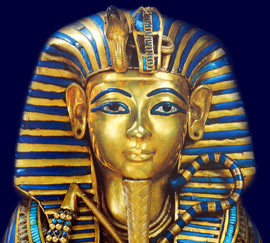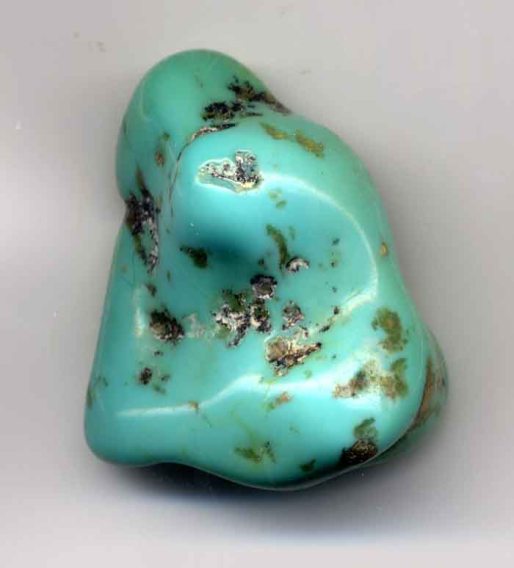When I was nine we flew to America to visit Disney World and spend a month in Florida. We travelled the whole state, and I remember stopping off in a shop run by Native Americans, my attention was grabbed by beautiful beaded jewellery with chucks of turquoise. I have always been a sucker for turquoise, reminiscent of Caribbean seas and summer days, but I had never seen it like this. The combination of tiny beads and polished rough cut stone stated with me and helped to inspire my love of beading today.
Turquoise itself is a fascinating stone, with a great mythology and history behind it. Turquoise has been mined since 5,500 B.C. and was considered to have metaphysical powers. It was worn by Pharaohs and healers. Turquoise was found in King Tut’s sarcophagus.
Mexico has a long and interesting history with the gemstone. In ancient Mexico turquoise was reserved soley for the gods. An early example of turquoise is a Teotihuacan mask that is thought to date back to 300 A.D. and the Toltec civilization is known to have traded turquoise with Northern civilizations right up until the 8th century when they died out. The Aztecs took up the turquoise mantle and the best examples found in Mexico are from them.
In Native American culture the stone is known as the Fallen Sky stone. The name comes from the Legend that when the Native Americans danced with joy when the rains came, that their tears of joy would mix with the rain and become turquoise. They were the first people to mine to mine turquoise in the arid regions of South West America and it was mined using only antler picks and primitive stone tools.
Turquoise has long held a place in Tibetan culture and has been worn by Buddest monks. The shift from blue to green that happens with the stone is considered to represent the cycle of life and death. It is also believed that this stone was mined in Tibet for as long as the Egyptians have.
The stone is so named as it was mistaken believed to have come from Turkey, due to how popular it was there, despite how famous the Egyptian use of turquoise is, it was actually more popular in Turkey, Greece and Persia and to this day most of the world’s turquoise supply comes from Iran.
Turquoise has never gone out of style, or lost the interest of people to this day, it still holds a mystique about it that captivates and it compliments so well with a variety of metals and colours that it is easy to work into any taste of jewellery.
This stone has always held a place in my heart and will continue to do so in the future.


